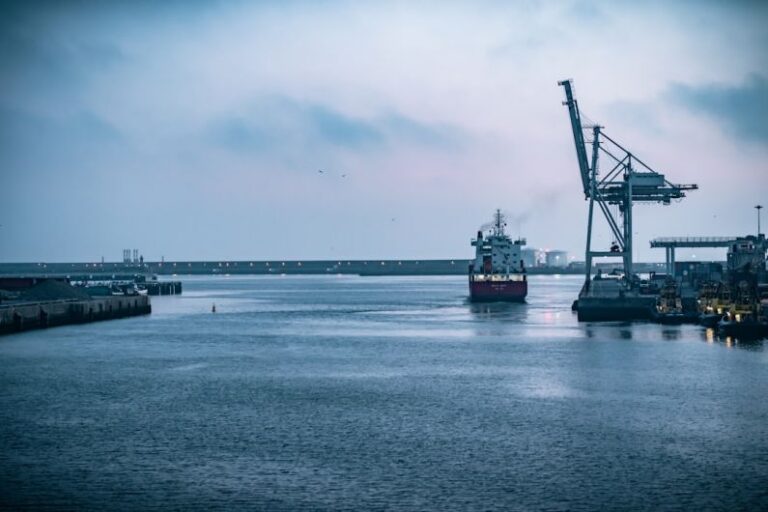Building Resilience in Global Supply Chains
Global supply chains have become increasingly complex and interconnected in today’s interconnected world. The COVID-19 pandemic has exposed vulnerabilities in these supply chains, leading to disruptions that have reverberated across industries worldwide. To mitigate the risks associated with such disruptions, building resilience in global supply chains has become a top priority for businesses. In this article, we will explore the importance of resilience in supply chains and discuss strategies that companies can adopt to enhance their resilience in the face of unforeseen challenges.
**Understanding Resilience in Supply Chains**
Resilience in global supply chains refers to the ability of a supply chain to withstand and recover from disruptions while maintaining its essential functions. It involves the capacity to adapt to changing circumstances, recover quickly from disruptions, and continue operations with minimal impact on customers and stakeholders. Building resilience in supply chains requires a proactive approach that involves identifying vulnerabilities, developing contingency plans, and implementing strategies to mitigate risks.
**Identifying Vulnerabilities**
One of the first steps in building resilience in global supply chains is to identify vulnerabilities within the existing supply chain network. This involves mapping out the entire supply chain, from raw material suppliers to end customers, and identifying potential points of failure. By understanding the critical nodes and dependencies within the supply chain, companies can better assess the risks associated with disruptions and develop targeted strategies to address them.
**Diversifying Suppliers and Sourcing**
One effective strategy for building resilience in global supply chains is to diversify suppliers and sourcing locations. Relying on a single source for key components or materials can expose a company to significant risks in the event of disruptions, such as natural disasters, geopolitical instability, or trade disputes. By diversifying suppliers and sourcing from multiple locations, companies can reduce their dependency on any single supplier or region, thereby mitigating the impact of disruptions.
**Enhancing Visibility and Transparency**
Another key aspect of building resilience in global supply chains is enhancing visibility and transparency throughout the supply chain network. By leveraging technology such as IoT devices, blockchain, and data analytics, companies can gain real-time insights into their supply chain operations, track the movement of goods, and identify potential bottlenecks or disruptions proactively. This increased visibility allows companies to make informed decisions, optimize their supply chain processes, and respond quickly to any disruptions that may arise.
**Building Strong Partnerships**
Collaboration with suppliers, customers, and other stakeholders is essential for building resilience in global supply chains. By fostering strong partnerships and open communication channels, companies can work together to identify risks, develop contingency plans, and coordinate responses to disruptions effectively. Building trust and collaboration with key partners can help companies navigate challenges more effectively and ensure the continuity of operations during times of crisis.
**Investing in Technology and Innovation**
Technology plays a crucial role in building resilience in global supply chains. Investing in digital solutions such as supply chain management systems, predictive analytics, and automation can help companies streamline their operations, improve efficiency, and respond quickly to disruptions. By embracing innovation and leveraging technology, companies can enhance their agility, flexibility, and responsiveness in the face of unforeseen challenges.
**Adapting to Change**
In today’s rapidly changing business environment, building resilience in global supply chains requires companies to be adaptable and agile. Flexibility in operations, the ability to quickly pivot in response to changing market conditions, and a willingness to embrace innovation are essential for ensuring the long-term viability of supply chain networks. Companies that can adapt to change and proactively manage risks will be better positioned to thrive in an increasingly volatile and uncertain world.
**In Conclusion: Navigating Uncertainty with Resilience**
As businesses continue to grapple with the challenges of a dynamic and interconnected global economy, building resilience in supply chains has never been more critical. By understanding vulnerabilities, diversifying suppliers, enhancing visibility, building strong partnerships, investing in technology, and adapting to change, companies can strengthen their supply chain networks and navigate uncertainty with confidence. Building resilience in global supply chains is not just a strategic imperative; it is a competitive advantage that can help companies thrive in the face of adversity and emerge stronger from challenges.






